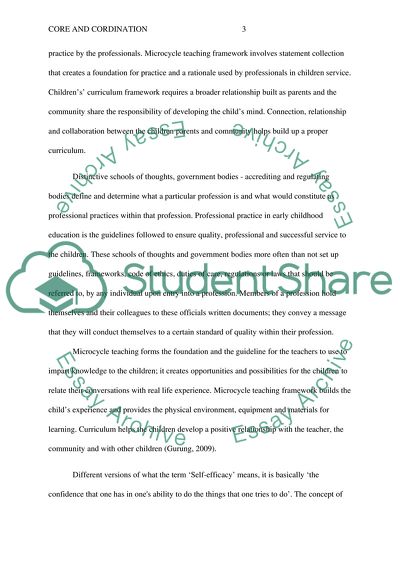Cite this document
(Core and Coordination of a Childs Brain Term Paper, n.d.)
Core and Coordination of a Childs Brain Term Paper. Retrieved from https://studentshare.org/education/1817263-core-and-coordination
Core and Coordination of a Childs Brain Term Paper. Retrieved from https://studentshare.org/education/1817263-core-and-coordination
(Core and Coordination of a Childs Brain Term Paper)
Core and Coordination of a Childs Brain Term Paper. https://studentshare.org/education/1817263-core-and-coordination.
Core and Coordination of a Childs Brain Term Paper. https://studentshare.org/education/1817263-core-and-coordination.
“Core and Coordination of a Childs Brain Term Paper”, n.d. https://studentshare.org/education/1817263-core-and-coordination.


